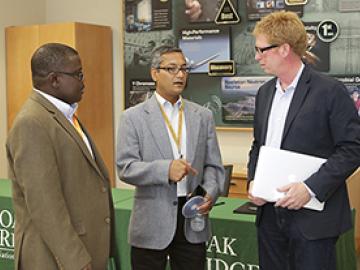
Polyphase wireless power transfer system achieves 270-kilowatt charge, s...




Knoxville-based Fiveworx has licensed an Oak Ridge National Laboratory technology that will help consumers reduce their utility bills by analyzing their home energy usage.


